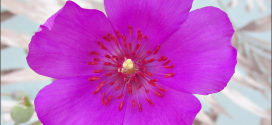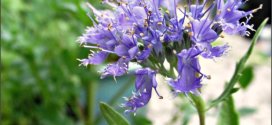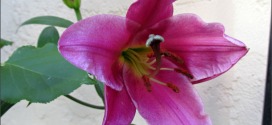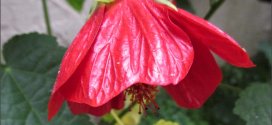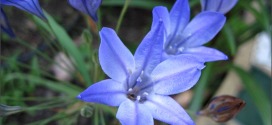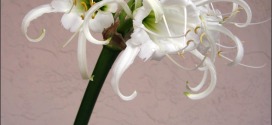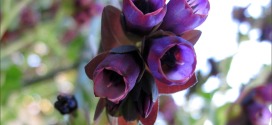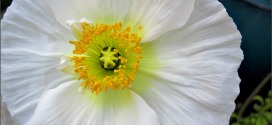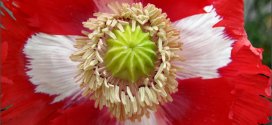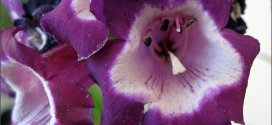Calandrinia is a plant genus that contains many species of purslane, including the redmaids. The genus was named for Jean Louis Calandrini, an 18th-century Swiss botanist. It includes around 150 species of annual herbs which bear colorful flowers in shades of red to purple and white. Plants of this genus are native to Australia, Chile, and western North America. This …
Read More »admin
Spirea – Blue Mist
The “Blue Mist” spirea (Caryopteris x clandonensis “Blue Mist”) provides garden color from midsummer through fall. Also called blue beard and blue spirea, the plant earns its names from the fragrant, purple-blue flower spikes that adorn it for most of the summer season and that attract bees and butterflies. The low-maintenance deciduous shrub grows to only 2 or 3 feet …
Read More »Lily – Asiatic
Asiatic lilies (Lilium asiatic) produce showy blooms that range in color from pastel to brilliant shades of pink, red or orange and include every color except for blue. These flowers appear atop a tall stalk that resembles the top of a pineapple and form a cluster of blooms that open in late spring to early summer. With proper care, these …
Read More »Abutilon – Lucky Lantern Red
Various species within the genus Abutilon, including plants commonly referred to as flowering maple, Chinese lantern, Chinese bell flower and collectively as abutilon, are evergreen shrubs enjoyed for their maple-like leaves and bell-like, pendulous flowers. Hardiness varies by species, but most survive up to U.S. Department of Agriculture plant hardiness zone 8 or 9, and some cultivars are grown as …
Read More »Squill
Siberian squill, grown from a small bulb, is probably the most familiar of the scillas. The plants themselves don’t get much taller than about 6 inches, but they make up for their diminutive size by spreading out and blooming profusely. The tiny bulbs grow and multiple easily and the plants will also self-seed, making scilla a perfect choice for naturalizing.
Read More »Lily – Spider
Hymenocallis is a wonderful genus of bulbous amaryllids…native mostly to the US, Mexico, and Central America. Hymenocallis (spider lilies) are an easy-to-grow moisture-lover that are a reliable perennial wildflower in the garden. Spider lilies are a tough, low maintenance plant which makes it perfect for rain gardens. In the wild many Hymenocallis (spider lilies) often grow in or near water …
Read More »Cerinthe – Blue Honeywort
Honeywort, Blue Shrimp Plant, Blue Wax Flower, Cerinthe major ‘Purpurascens’. This plant is attractive to butterflies, birds, and bees. The word “honeywort” means a plant that produces a lot of honey. Average Water Needs; Water regularly; do not overwater Family: Boraginaceae Genus: Cerinthe (ser-IN-thee) (Info) Species: major (MAY-jor) (Info) Cultivar: Purpurascens Additional cultivar information: (aka Purpurescens) Synonym:Cerinthe major …
Read More »Poppy – Icelandic
The Iceland Poppy is a boreal flowering plant. It is native to subpolar regions of Europe, Asia and North America, and the mountains of Central Asia, but not in Iceland!!! Iceland poppies are hardy but short-lived perennials, often grown as biennials, that yield large, papery, bowl-shaped, lightly fragrant flowers supported by hairy, one foot, curved stems among feathery blue-green …
Read More »Poppy – Danish Flag
The Danish flag poppy is a beautiful flower. Early in spring, I bought a 4-inch port with small leaves and a promise of a poppy that looks like the Danish flag. Many weeks later, this plant is getting taller and taller and the leaves are larger and larger. I had lost the plant tag so I did not even know …
Read More »Penstamon – Purple
Penstemon is a western United States native that has colorful tubular flowers on tall spikes. This prairie plant thrives in hot, sunny conditions and is a stunning addition to wildflower plantings. Another common name is beardtongue. About This Plant Penstemon forms dense spikes of tubular flowers in early to mid summer. Flower colors include pink, blue, red, purple, and white. …
Read More »